Free Sumi-e Image Generator
Just imagine, and we'll instantly return a variety of personalized Sumi-e images—designed to bring your creativity to life!
- 4:3
- 3:4
- 1:1

image.state.default
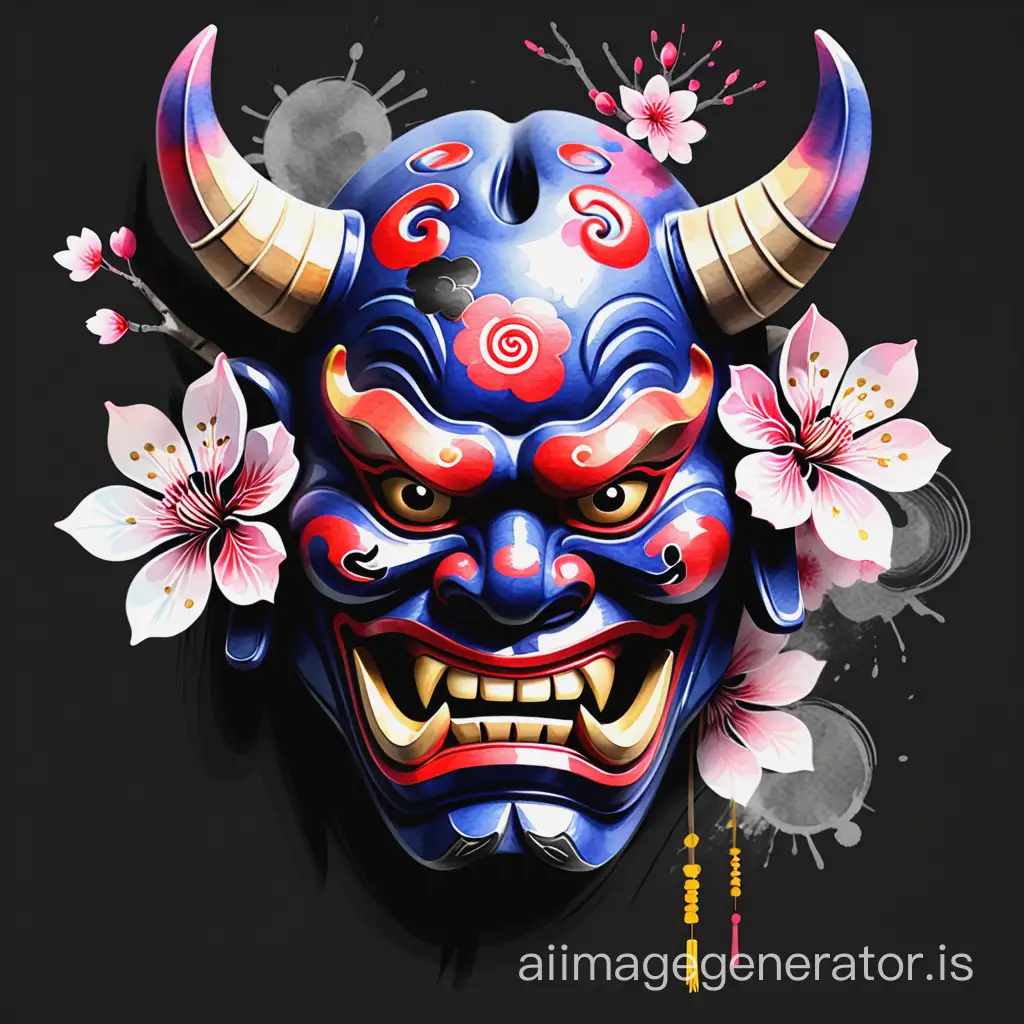
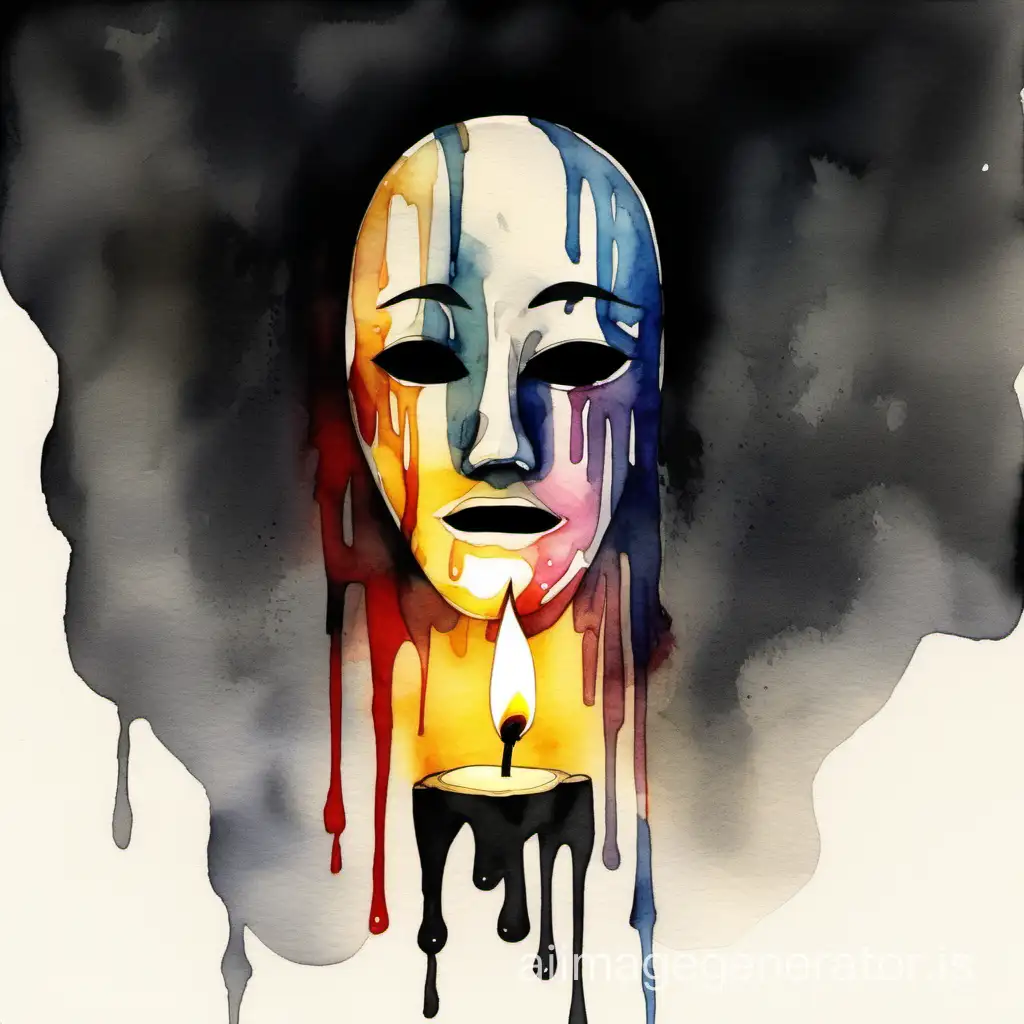
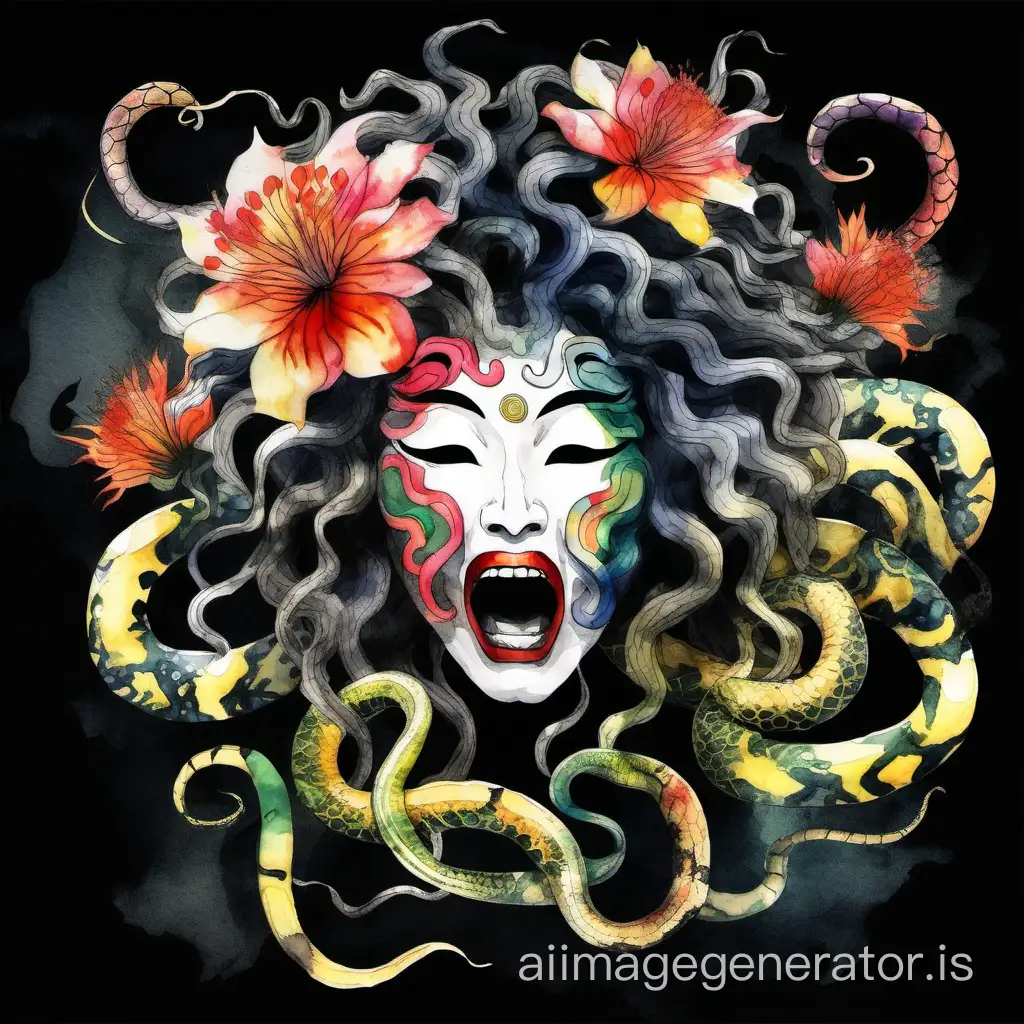
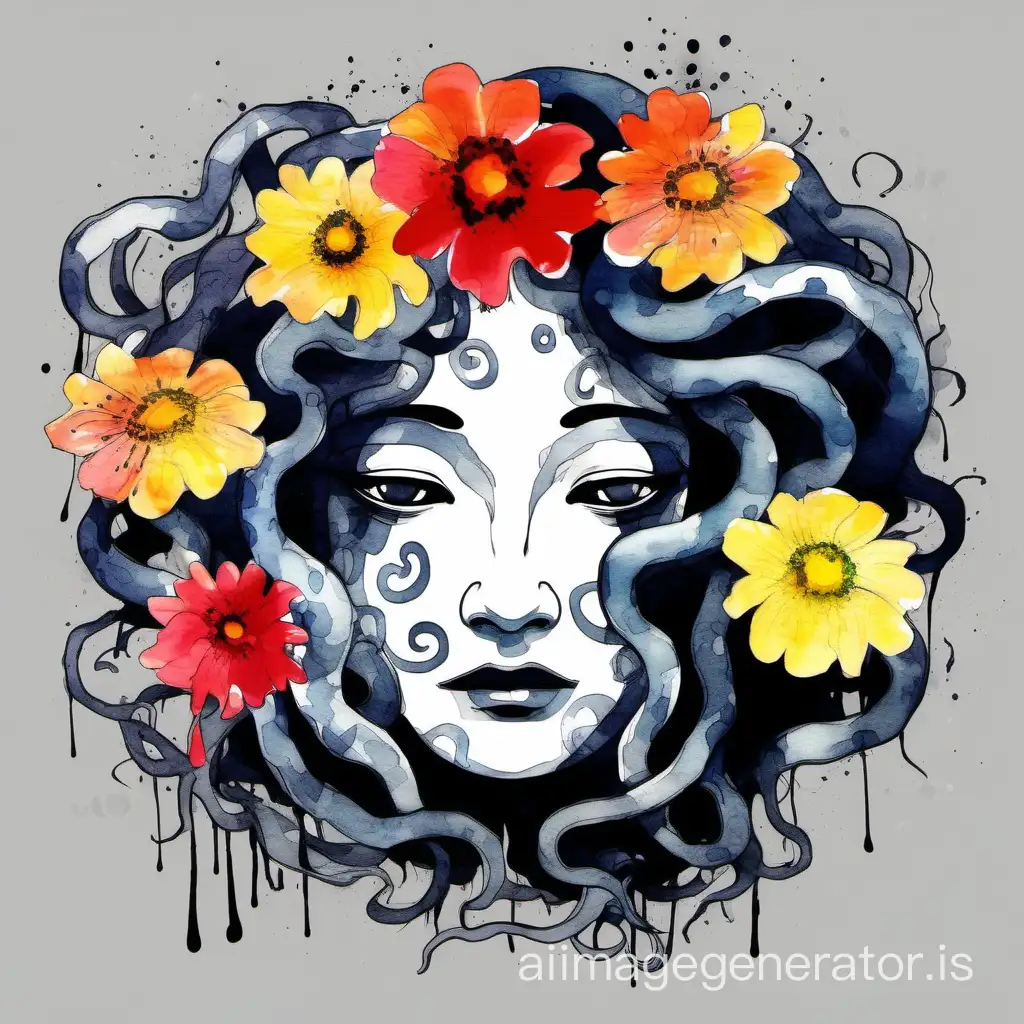
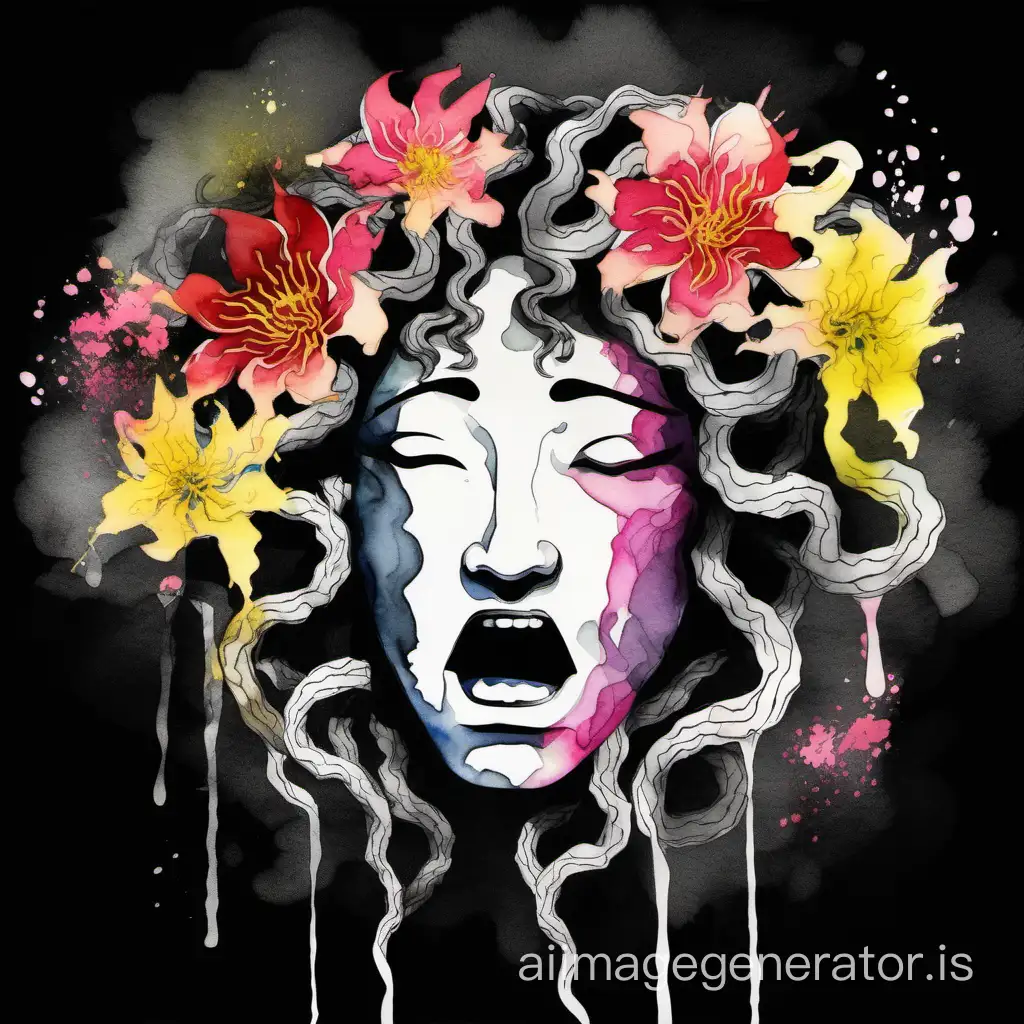
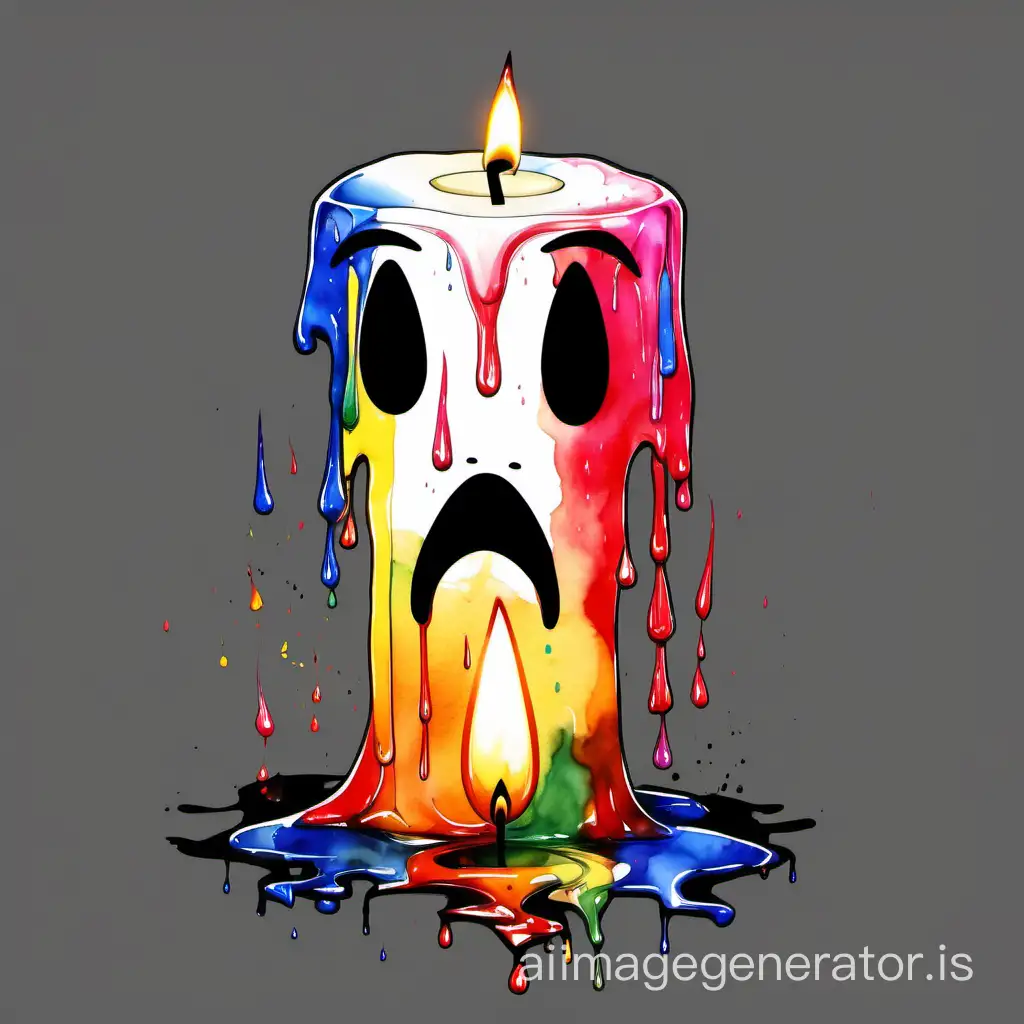
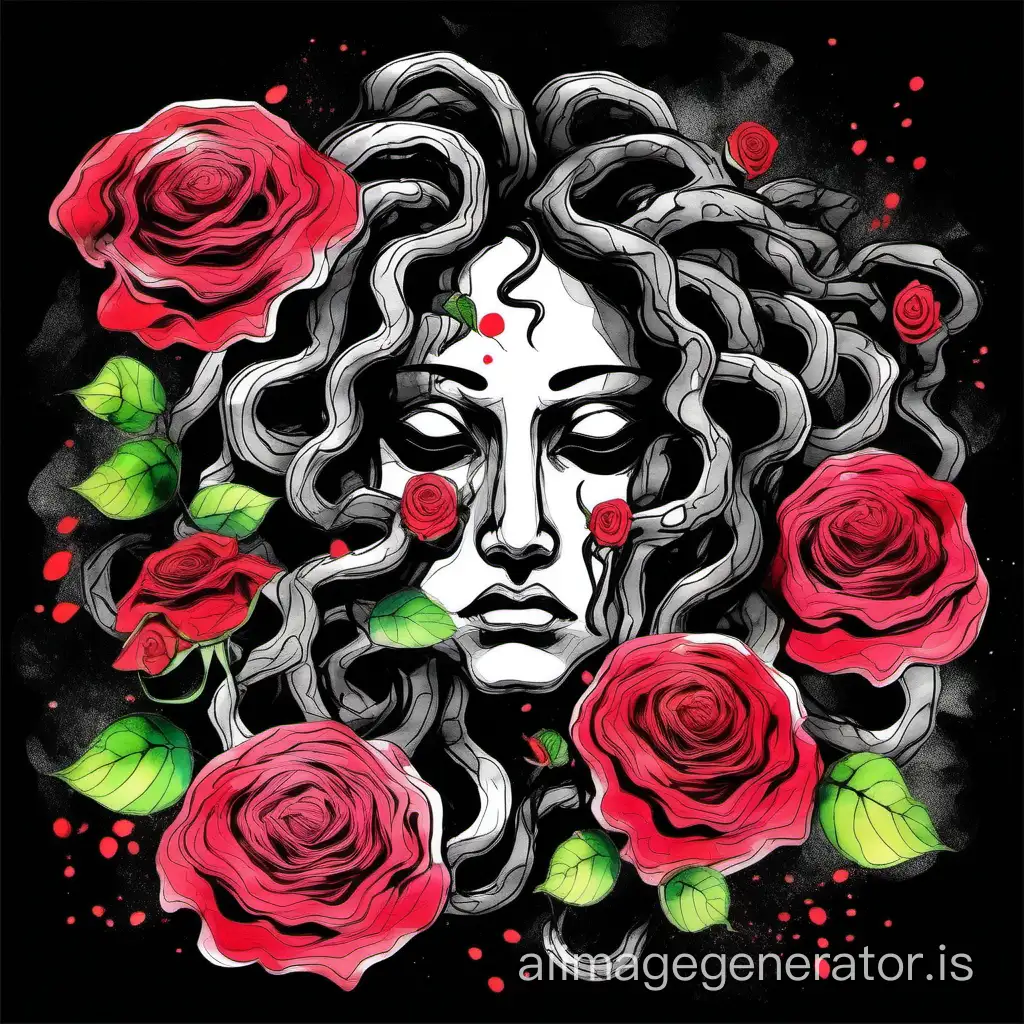
Related Tags
Sumi-e, also known as Japanese ink painting, is a traditional East Asian painting method that uses black ink, similar to the ink used in East Asian calligraphy. Originating from China during the Tang dynasty, it was later adapted by Japanese artists and became a significant part of Japanese art culture. Sumi-e emphasizes simplicity, grace, and the use of monochrome tones to create strikingly expressive artworks. The technique relies on the artist's ability to convey depth and movement with minimalistic brushstrokes, often inspired by nature and landscapes.
The Art of Sumi-e: Definition and Background
Sumi-e is characterized by its use of varying ink tones, from deep black to light gray, created by controlling the amount of water mixed with the ink. This art form values spontaneity, fluidity, and the artist's ability to capture the essence of the subject with swift, deliberate brushstrokes. Traditionally, Sumi-e is applied to rice paper or silk, and subjects often include natural elements like bamboo, mountains, and animals. In modern applications, Sumi-e inspires digital art, tattoos, and contemporary design, bridging the gap between traditional techniques and modern aesthetics.
Characteristics and Applications of Sumi-e
Some of the most celebrated Sumi-e artists include Sesshū Tōyō, renowned for his landscape paintings, and Ike no Taiga, known for his expressive and dynamic brushwork. Sesshū's 'Landscape of Four Seasons' is an exemplary work showcasing the depth and detail achievable with ink painting. Contemporary Sumi-e artists, such as Tohun Kobayashi, continue to innovate within the medium, blending traditional methods with modern themes. These artists have contributed significantly to the evolution and popularity of Sumi-e, both in Japan and internationally.
Notable Sumi-e Artists and Their Iconic Works
Sumi-e has had a profound impact on modern culture, influencing various art forms and design practices. Its minimalist and expressive style resonates in contemporary graphic design, fashion, and interior décor. The principles of Sumi-e, emphasizing balance and simplicity, align well with modern aesthetics, particularly in the realms of minimalist and Zen-inspired designs. Additionally, Sumi-e has found a place in digital art, where artists use software to replicate the traditional brushstrokes and ink effects, bringing this ancient art form into the digital age.
The Impact of Sumi-e on Modern Culture